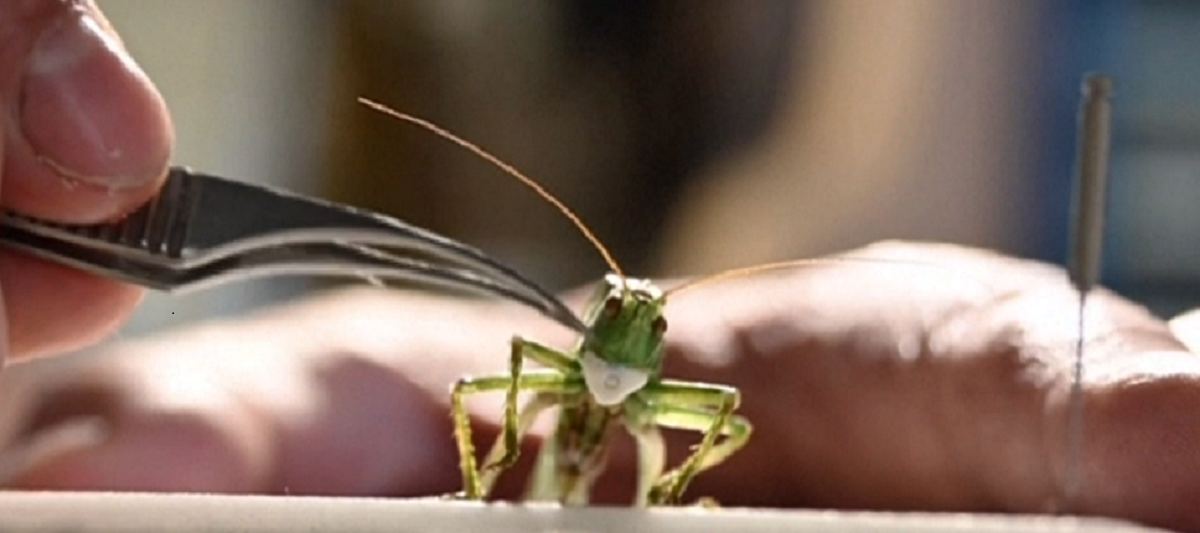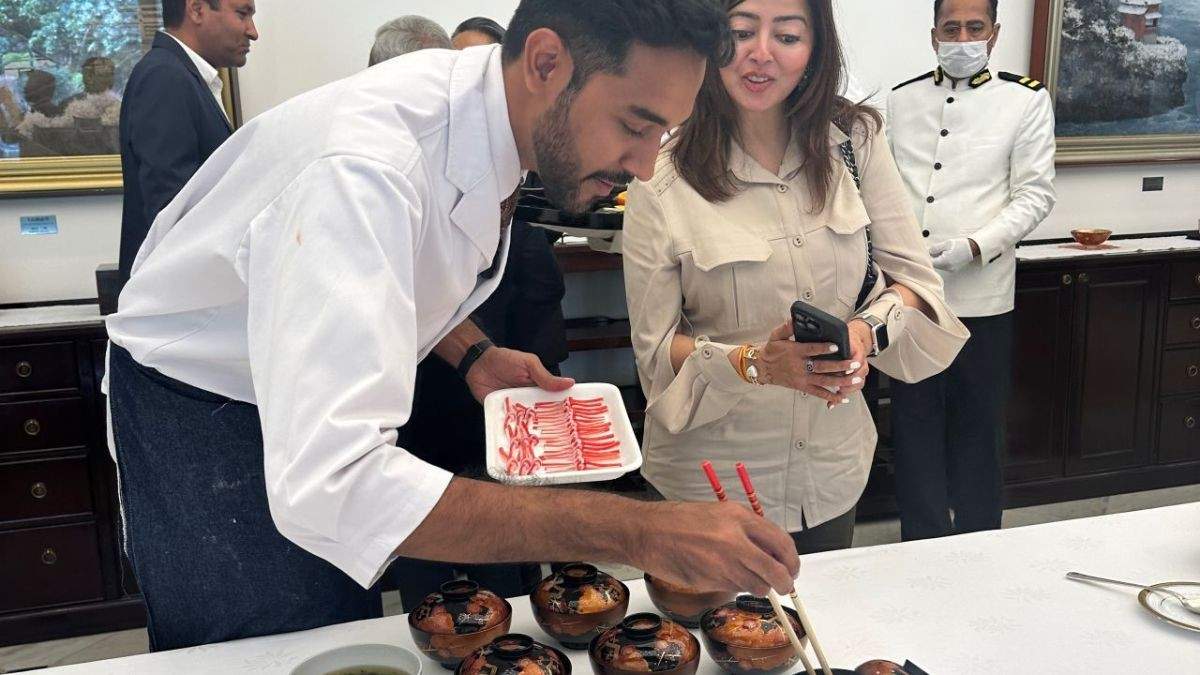In a rather bizarre incident, Russian artist Anatoly Konenko, famous for his miniature works, has been creating mini masks for insects in an attempt to defend them from the deadly coronavirus.
Russian Artist Stitches Masks For Insects To Protect Them From COVID-19
Konenko reportedly told media outlets that the world is going through a difficult time and that it was necessary to save insects and animals from the coronavirus. In his attempt to do so, the artist as been stitching mini masks for them, which are about the size of a rice grain. They are made of a special high-density medical fabric and also possess a built-in air filter.
https://www.instagram.com/p/CAe482WI-VC/
The artist reportedly used dead insects from the streets of Omsk as models for his new mask collection. Though the masks do not actually protect the animals, it is said that the meaning of his work is symbolic. As many around the world are suffering due to the coronavirus pandemic, his work emphasizes the need to protect them.
Till date, he has created masks for a grasshopper, a wasp, a dragonfly, a buck, and a crab. In the the near future, he is all set to create masks for even smaller insects such as mosquitoes.
Also Read: Meet Nadeem Shaikh, A Foot Artist, With Passion And Positivity As His Painting Tools
https://www.instagram.com/p/BXvhYLrFn4E/
Konenko Is One Of Russia’s Famous Microminiaturists
Konenko is one of Russia’s famous miniature artists and is known for the the miniature books he creates. Till date, the artist has published more than 200 miniature books.
His edition of Russian author Anton Chekhov’s ‘Chameleon’ is printed on paper and includes 30 pages, 3 color illustrations, and a portrait of Chekhov. What’s most amazing about this book is the fact that it has a size of 0.9 x 0.9 mm. In 2002, Anatoly Konenko was listed in Guinness Book of Records for creating this book.
Konenko works with a variety of media and uses human hair, poppy seeds, as well as rice as surfaces. Most of his work is visible through microscopes only. In 2011, the artist created a miniature aquarium to house a living tiny fish. It contained just two teaspoons of water, two fish, and some algae. Some brilliant stuff, isn’t it?
Also Read: Expansive Coronavirus-Themed Grass Graffiti Unveiled In Swiss Alps
First Published: May 26, 2020 4:43 PM




